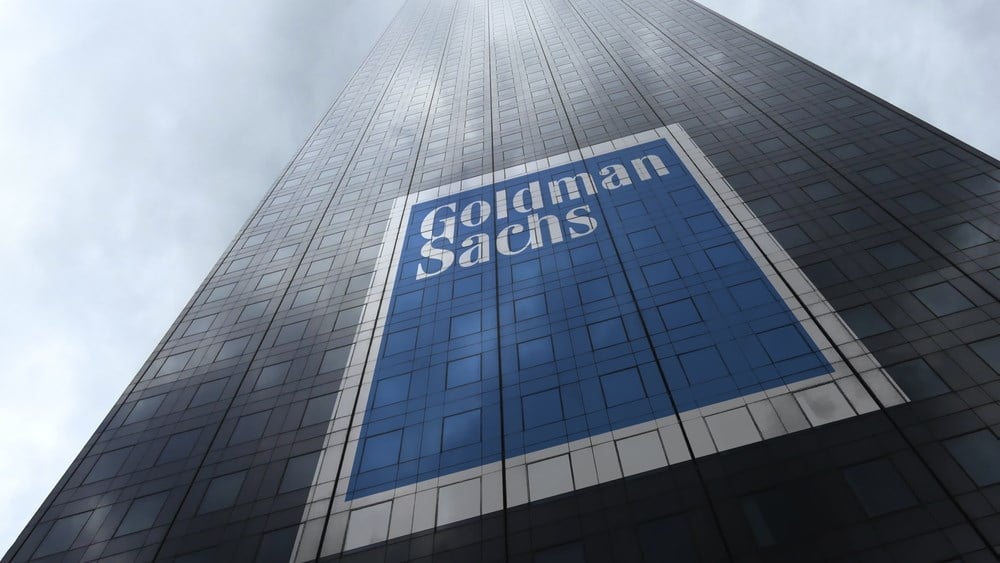
Most investors may be disappointed that the mystical firm, The Goldman Sachs Group (NYSE: GS), a name often synonymous with the creme de la creme on Wall Street, has reported declining business profitability. Regarding banking earnings this summer, there is a degree of expectancy from markets and investors alike, especially after weighing the effects of the FED rate hikes.
As the United States inflation rate ran rampant throughout 2022 and the first half of 2023, the FED was forced to withdraw liquidity from the economy while at the same time raising interest rates.
The aftershock of these rate hikes is a direct business activity and financing slowdown. As these firms directly depend on such activity to generate fees, virtually every bank reported severe slowdowns in departments like investment banking and sales and trading.
Citigroup (NYSE: C) was one of the most recent victims of this trend, posting a double-digit decline in investment banking revenues. Morgan Stanley (NYSE: MS), despite keeping its revenues flat in this space, suffered from a $300 million severance pay cost due to firing more than 3,000 employees. Nonetheless, one man's woes are another man's value opportunity.
Temporary Pain, Long-term Gain
No victory can be claimed yet since investors need to await the market open for Wednesday's session to see what markets are thinking regarding the bank's earnings decline.
However, since Goldman's earnings went from $7.81 per share a year ago to today's $3.09, the stock should plummet like a rock in the ocean. This is not the case, though, as the stock seems relatively steady in the pre-market hours, hovering around a 1.6% advance and a 0.6% decline.
Perhaps markets realize that the 60.4% earnings decline may be rooted in cyclical factors rather than a material detriment to the brand.
Within the bank's earnings presentation, investors can dissect where these declines came from and why the bank posted the worst profitability measure amongst peers. A 4% ROE (Return on Equity), a key measure of vital signs within the industry, turned out to be the lowest in the industry.
However negative these metrics may seem, Goldman still passed the annual FED 'stress test,' enabling management to raise their dividend payout. Despite being the least profitable bank in the quarter, Goldman raised its dividends by the most significant amount relative to other banks.
Goldman is now sporting a 3.0% dividend yield, making it a handsome return and one of the highest in firm history. This yield serves as an opening for the possibility of undervaluation, as relative dividend yields can serve as a gauge of where the stock should be trading at.
To 'normalize' the yield, two things need to happen. First, the stock price needs to rise so much so that the yield comes down to historical ranges, or; the dividend needs to be cut by an amount that would similarly lower the yield into normal ranges. Considering that the firm just increased the payout, it is likely that the first scenario will take place.
Value Play
Goldman analyst ratings agree on a $387.73 price target, which would translate into a 15% potential upside from today's prices. Combining this initial target with a 3.0% dividend yield begins to form a more attractive value thesis for investors.
Markets as a whole may have been expecting today's results in advance, as measured by where the stock's future earnings are valued today. Taking the forward price-to-earnings ratio rather than a traditional P/E, investors can gauge whether a stock's future is perceived as bullish or bearish by markets.
Goldman stock trades at a 9.2x forward P/E, compared to an industry average of 16.0x. This makes Goldman a value play today, reassuring investors that the worst is behind them, as the bearish case (today) has been absorbed. The drivers of the earnings decline are considered 'non-core' to Goldman's leading businesses.
The sale of the remaining Marcus portfolio and the sale of Greensky all pertain to the retail-banking business. Both sales represented an impairment charge of $1.1 billion for the company, initially a lousy headline, realistically meaning clear skies ahead.
Returning focus to what works, investors can lean on Goldman's sales and trading business, which generated an industry-leading $3 billion in revenue compared to $2.5 billion expectations.
Moving forward, analysts can expect these impairments and losses within the retail-banking experiments to fade away, enabling management to reallocate resources into the profit centers of the bank. Investors can assess the return to 'glory days' and weigh the possibility of riding along with the stock.

